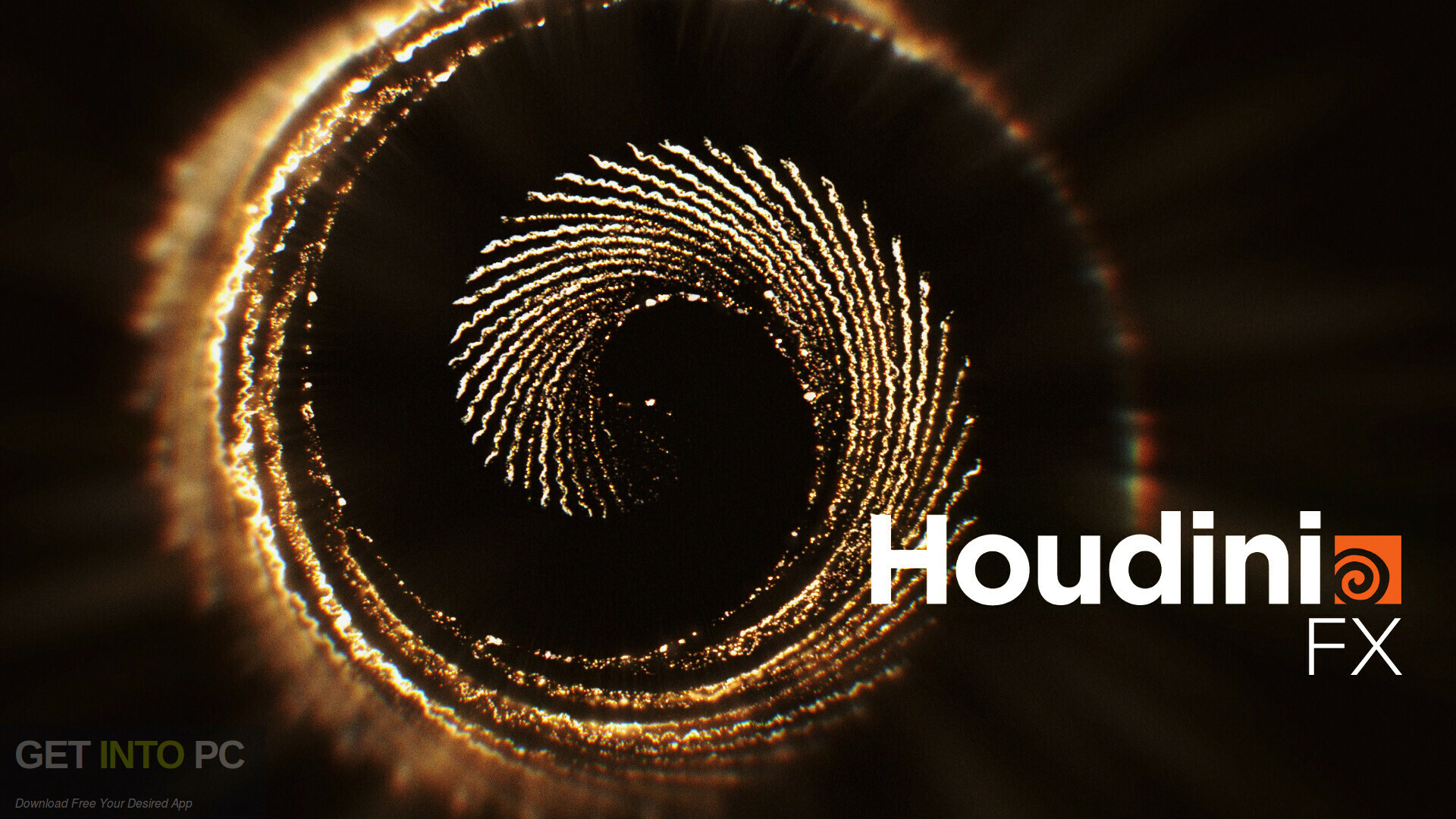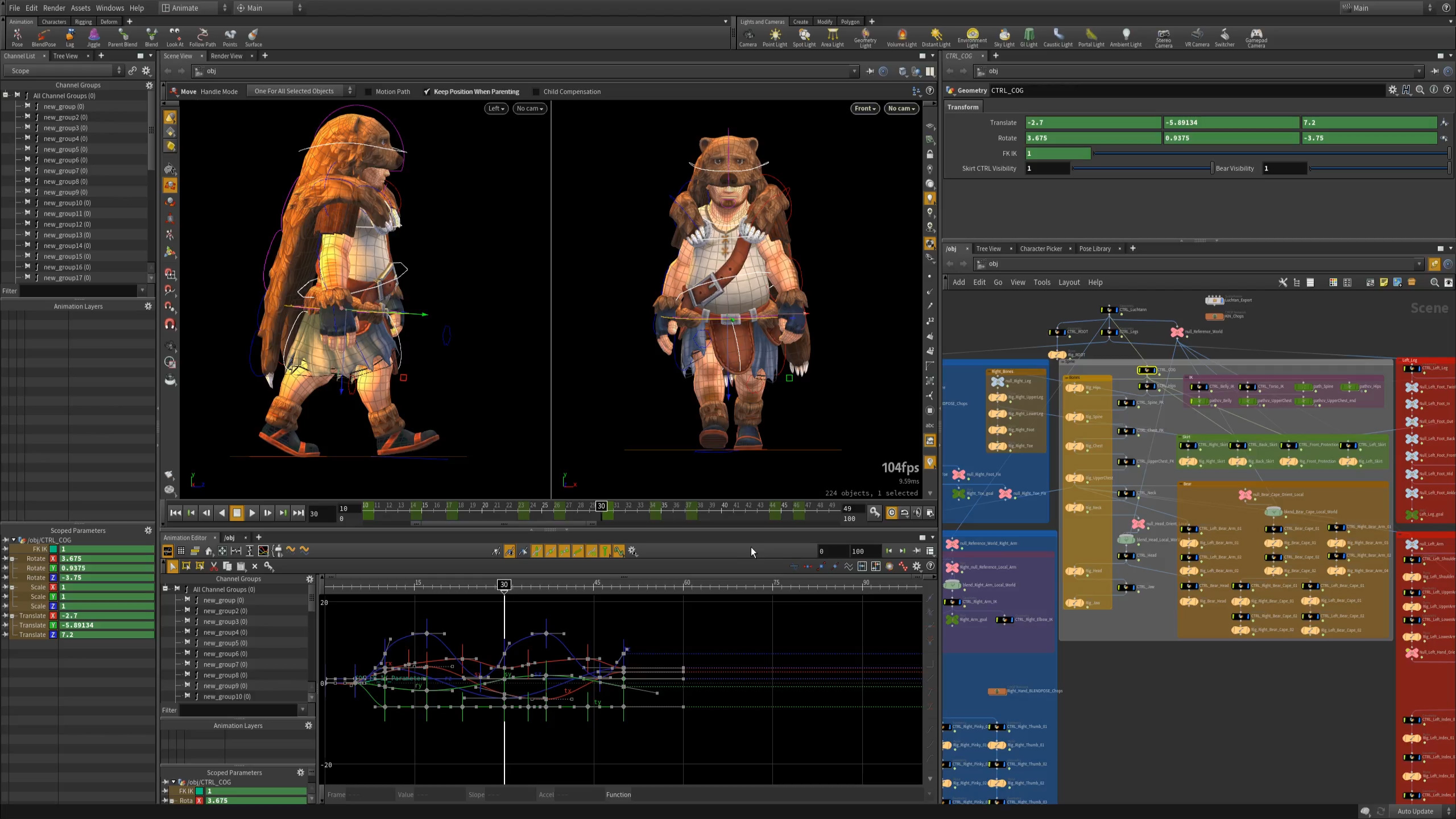Houdini is built from the ground up to be a procedural system that empowers artists to work freely, create multiple iterations and rapidly share workflows with colleagues.
FLEXIBLE
Node-based Workflow
In Houdini, every action is stored in a node. These nodes are then “wired” into networks which define a “recipe” that can be tweaked to refine the outcome then repeated to create similar yet unique results. The ability for nodes to be saved and to pass information, in the form of attributes, down the chain is what gives Houdini its procedural nature.
INTUITIVE
Artist Friendly Tools
While the nodes are what makes Houdini unique and give it power, there are lots of viewport and shelf tools that allow for artist-friendly viewport interactions. Behind the scenes, Houdini builds up the nodes and networks for you. Houdini lets artists explore different creative paths because it is easy to branch off a new node to explore alternative solutions.
NEXT LEVEL
VFX & Simulation
Visual effects artists gravitate to Houdini because its procedural workflow is ideal for creating sophisticated particle and dynamic simulations. Effects are typically designed to react to actions taking place in a shot and a procedural solution “automates” these reactions providing studios with more creative control and more rapid turnaround.


Comments
Post a Comment